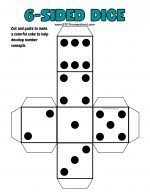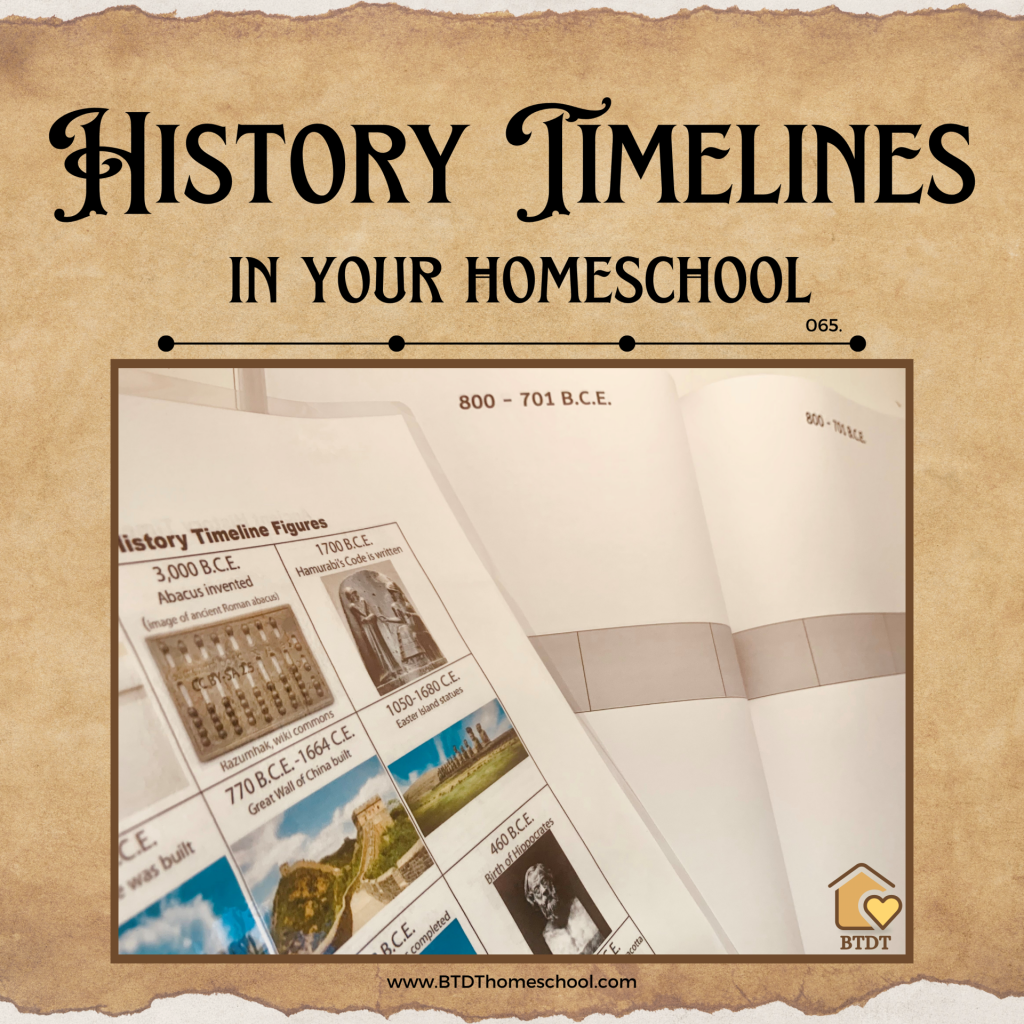
028.
How Do You Keep Learning Fun?
My child hates writing so how do I make that fun?
What are the best learning games?
How do you break up the monotony mid semester?
Tune in this week while we discuss these topics and more!
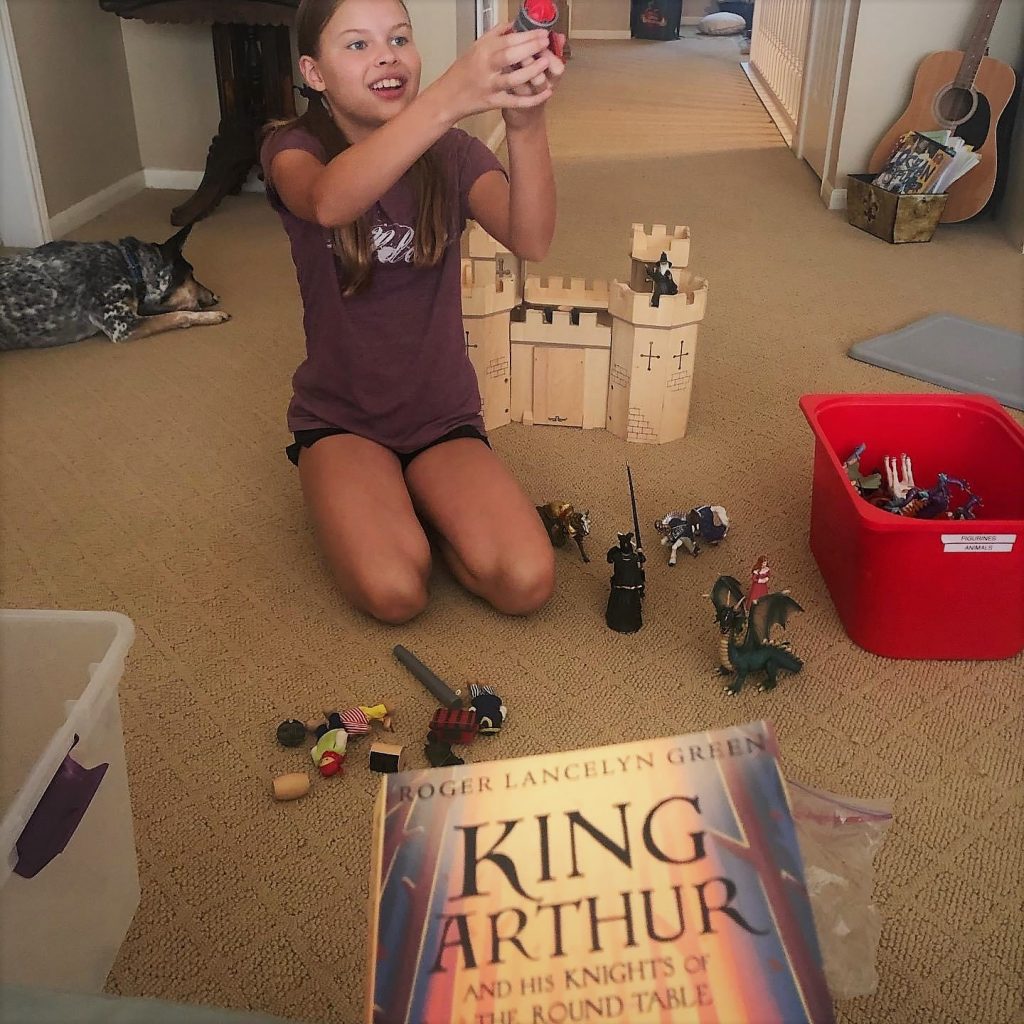
TWO WAYS TO LISTEN TO THIS EPISODE:
1. Click PLAY Button Above ^^ to listen here.
2. OR Listen on your favorite podcast platform:
Scroll Down for TWO Freebies this week:
Board Game Templates and Dice (pdf)
Brand New to Homeschooling?
GETTING START PAGE >>
Kindergarten Page >>
High School Series >>
Show Notes
It’s important to understand your child’s learning style and preferences. We talk about this in episode 004 homeschool styles and philosophies. Some children enjoy hands-on activities while others enjoy quiet, focused work. Others may need more visual cues or physical movement for concepts to stick. Take time to understand what works best for them so that lessons remain interesting and engaging. This will help ensure that the material is being fully absorbed rather than memorized and quickly forgotten.
People often have the mindset of replicating public school at home but you have to remember that children are learning all the time. On episode 018. Homeschooling lifestyle, I talked about, sir, Ken Robinson. He made a huge impact on the way many people view education. His powerful TED Talk is still one of the most viewed TED Talks ever. If you haven’t seen that video discussing the importance of creativity challenges educators to radically rethink education. It’s a fantastic video every homeschooler should watch.
Be sure that your child has a say in what they learn. Everyone is more engaged and remember when they are interested in the content. We want to create lifelong learners. My kids know that I don’t know everything. They will see me reading from the guide or when they ask a question, I don’t know the answer to and I say, “let’s look that up together”. I think that’s beautiful and healthy and they’re seeing an example of a lifelong learner and always being curious. You don’t always have to know the answer, but you want to ignite that curiosity inside of them. A lot of parents when asked a question will just tell their kids to look something up.
My child hates writing so how do I make that fun? (5:18)
The first thing we need to find out before attempting to answer this question is- what do you mean when you say “writing”? Are you talking about the physical act of pencil to paper handwriting or are you referring to actual foundational writing, sentence structure, detailing thoughts, etc? Because these are two very different things.
Penmanship
Also, how old is your child? We see a lot of people struggling with both handwriting and composition and then they will tell us that they are talking about their 6-year-old boy. It is very normal for a 6-year-old (especially boys) to be resistant or struggle with the act of handwriting, and it’s also not really age appropriate to expect a lot of writing out of a 6-year-old. I, personally, don’t do a ton of writing work outside of handwriting with under 10s. This can be a really frustrating subject to force when a little time and maturity will often make this a much easier endeavor.
You also want to make sure you rule out an actual physical limitation to writing. Visual tracking and other learning disabilities can also be a factor. We talked about that in episode 021. and homeschooling a child with a learning disability. I did take my son to an occupational therapist when he was little because he complained about how much writing hurt his hands. She gave us some exercises and different kinds of pencil holders and grips. We will link to some fun ones in the show notes.
So let’s start with handwriting. When you have a child that hates writing, it’s important to think about the goal of a writing assignment. Is the goal of the assignment to see handwritten symbols (letters) on a page? Then we’re talking about the physical act of handwriting or penmanship. There are so many ways to work on the small motor skills that are going to aid in handwriting. You can use tracing paper, you can form letters with clay or dough, you can write in sand or shaving cream or another medium. Get some fancy paper. You can also experiment with different kinds of pens or pencils or markers. My son for a while insisted on a quill and ink. Whatever helps!
Drawing is also a great thing to do. Some hesitant writers could draw all day long. Keep in mind that drawing and handwriting require many of the same skills. One program we really liked was Draw Write Now. It’s a set of books that include drawing lessons with handwriting skills. They are super cute, themed and colorful books. They are great for young beginners and those who need to work on those fine motor skills.
Draw Write Now
A drawing and handwriting course for kids that is challenging, motivating, and fun! This book contains a collection of beginning drawing lessons and text for practicing handwriting
Grab these FREE Draw and Write worksheets printable to accompany the Draw Write Now drawing series.
For teaching handwriting, we liked Handwriting Without Tears. This program uses fun, engaging, and developmentally appropriate instructional methods to enable children to master handwriting as an automatic and comfortable skill. They teach about grip, letter recognition and formation. There are several books in this series by grade level and it moves on to cursive.
Learning Without Tears
My First School Book Student Workbook, Pre-K Writing Book – Social-Emotional, Pre-Writing Skills
Handwriting Without Tears Bundle
Includes Printing Power Student Workbook, Teacher’s Guide, Writing Journal
Some homeschooling methods teach cursive first. This is a Montessori technique and taught because the fluid movement involved in writing cursive letters is easier for children to master. I did this with my own children, and it was a hit! My little guy felt like a secret detective because he knew a special handwriting code that often his friends didn’t know. Schools have supposedly edged away from teaching cursive at all.
Handwriting Without Tears Series – Cursive Handwriting Student Workbook
This is my tried-and-true curriculum for handwriting for both printing and cursive.
We do teach it in our homeschool- I joke that it might become a marketable skill during a zombie apocalypse. You can also try learning calligraphy or italics. One of my kids was interested in this after learning about other homeschoolers that had their own business handwriting wedding invitations.
Italic Handwriting Series Book
This is the first of a seven-book series (K-6th grade), providing instruction in italic handwriting.
Beginner Calligraphy
Encourage kids ages 8 to 12 to create wonderful words of art using this modern calligraphy workbook
Sometimes we still see people agonizing over handwriting with their high schoolers. This is a pick your battle moment. Let’s face it, when your high schooler says he doesn’t really need to write legibly because everything is typed, he’s right. They aren’t going to do a lot of actual writing in life. This is one of the reasons it was important for me to teach typing. So, while there is definitely a want for clear, neat handwriting (especially as a reflection to homeschool mom), it’s not totally necessary. And the thing is, your high schooler does know how to write at this point. If they want to write neater, they can teach themselves how. If they want to be better at cursive, there are a million resources to practice at any age. Don’t waste your time with this.
Foundational writing
Writing is a complex process that requires the integration of multiple skills, many of which are executive functioning skills. Writing involves having to visualize ideas in your mind, so that you can manipulate your thoughts into structured sentences that make sense. You need to search your brain for the proper sounds that make up letters and words and ideas. And then transpose those letters on paper by hand.
This is actually a lot and it makes sense that handing a kid a piece of paper and saying “write a paragraph” about X can be totally overwhelming. You can ease into this by starting with things like asking questions that don’t allow a yes or no answer and getting into various dialogs that can inspire writing.
Encourage narration- have your child tell you a story or answer a question in their own words. We did this all the time! Narration is an important skill.
One thing I did from a really early age when they were toddlers 2-3 years old… They would tell me these elaborate stories; they were so creative as most children are at that age. I happened to type really fast so I would sit down at the computer and have them tell me the story and I would type it up for them and we made these little books that I printed, and they loved to cuddle on the couch, while I read their story back to them over and over again. You can even write this down and let them practice handwriting from their own words.
We’ve talked about programs like Story Starters before. This is a book with a series of story beginnings with illustrations and the student then finishes the story. Writing Prompts/Journaling can be great practice for this as well. We’ve found some really great writing prompt books at Five Below that I just have in a morning basket.
Story Starters
It has all the right ingredients to inspire even the reluctant writer or the student who has experienced discouragement.
Night Zookeeper is an online learning program that helps teach reading/writing skills. Kids are tasked with raising and caring for mythical animals in a zoo, and have a variety of challenges and activities in the form of writing prompts to advance in the game.

So, whether you are working on penmanship or crafting stories and paragraphs, it’s important to remember that your relationship comes first. We are lucky that we are in the unique position that we are with our children daily and have the ability to influence our children. The words we choose with our kids can make or break their spirits. When we encourage our kids and give them our undivided attention, their confidence is going to grow.
What are the best learning games? (14:17)
When I am out with my hiking group and I end up with all of the little kids up front with me, but I really want to jump into the adult conversation happening in the back, I have a great little trick that I use. I simply ask, “Does anyone here play Minecraft?” They all do, and they all have a million things to say about it, so I let them talk to each other and then I can fade away!
My kids got involved with a group called “Minecraft Homeschool” years ago. I believe it was a mom who set up a server for her kids and eventually opened it up to her whole co-op and then started making classes that could then have built assignments and other activities through the game. It was quite brilliant. She had a whole host of teens that helped as moderators and architects, and she built some awesome history and geography classes around the game. It eventually morphed into a fully functioning curriculum platform with classes in all kinds of subjects- math, cooking, history, science. It’s now called GamEd Academy.

If you have kids who are into coding or learning how to code Minecraft can also help with that. If you have a Raspberry Pi, your family can learn how to use Python code to program interactions with the Minecraft world. If you don’t have a Raspberry Pi, there are also all kinds of posts and instructions out there on how to learn Python with Minecraft. There are also books on that: Learn to Program with Minecraft: Transform Your World with the Power of Python
Coding for Kids: Python
Learn to Code with 50 Awesome Games and Activities
CodeSpark Academy is an app that teaches kids coding in a fun and interesting manner. There are also so many Outschool classes that teach coding and other aspects of computer programming.


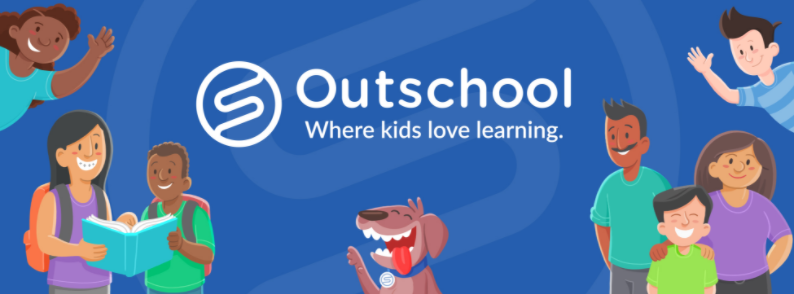
Reading Eggs and Starfall are two computer based programs that can help kids learn to read and increase phonics skills.
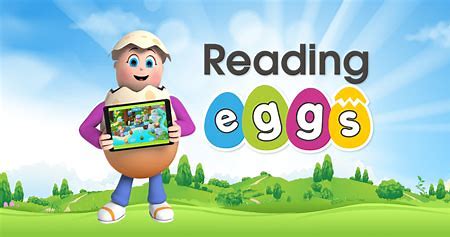
Explode the Code is another phonics program- it comes in a book form and now also has an online version. We only did the book form. They are quirky and funny and the kids enjoyed them.
Bedtime Math is a program that sends parents a math challenges every day. It will have a tale, then 3 problems- the stories and challenges are like a game. The idea is to include it into your bedtime routine as a way of building and reinforcing math skills.
Board Games– Classic games like Scrabble, Yahtzee, Life, Scattergories, Ticket to Ride, Apples to Apples. These are all great ways to incorporate learning while having a lot of fun. We recently put together a long list of math games, too, which we will link in the show notes.
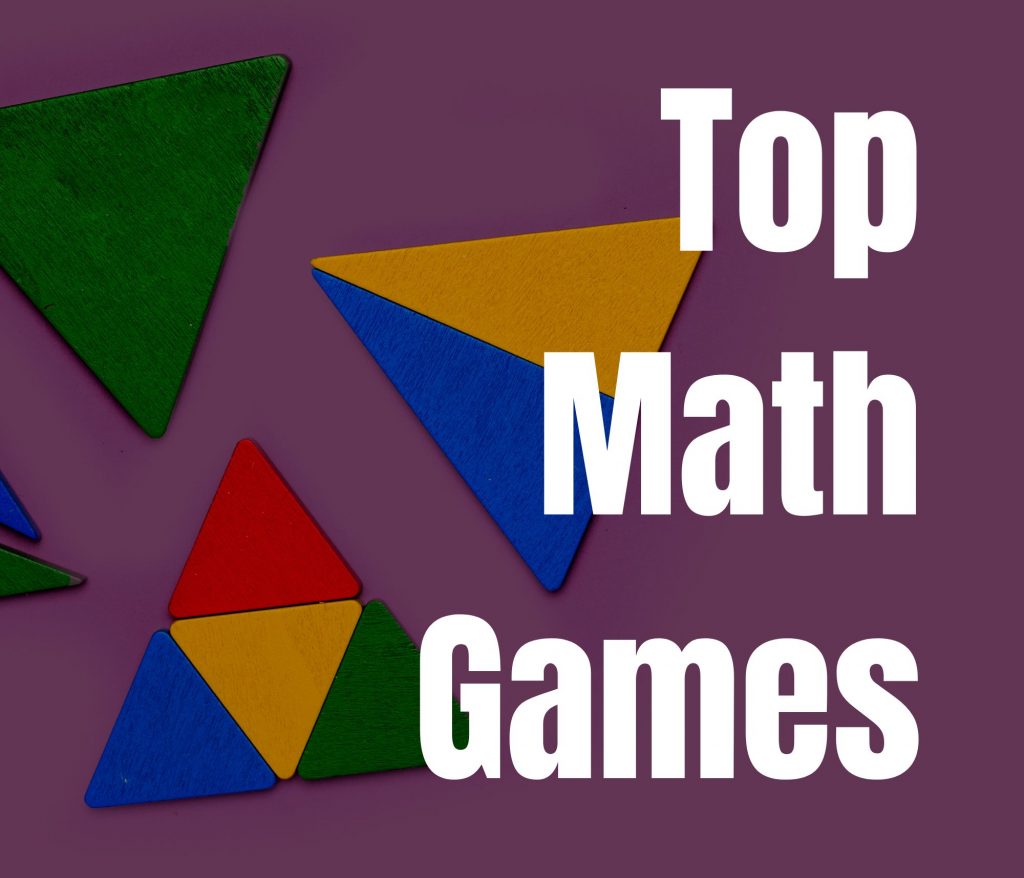
Cards can also be great learning games: Professor Noggins series, Timeline, Bananagrams, Uno, Catan.
Download your 14 FREE Board Game templates below. Have your kids create their own board game. You can also create your own boardgames incorporating concepts your kids are working on: Math, Reading, Social Studies, Science, and more!
Professor Noggin’s History of The United States Trivia Card Game and all the other Professor Noggin games are so much fun!
Timeline Inventions Card Game Fun Educational Trivia Game for Adults and Kids Ages 8+
Mudpuppy Map of the United States of America Puzzle, 70 Pieces, 23”x16.5″, Ideal for Kids Age 5+, Learn all 50 States by Name & Capital, Double-Sided Geography Puzzle with Pieces Shaped like the State
Apps like the Jeopardy app, Wordle, crosswords, the geography “Worldle” are all great learning games that are quick and simple.
Puzzles are classic and fun. We still have so many puzzles in our house of all types- I always like to have a puzzle table up at Christmas time.
How do you break up the monotony mid semester? (21:47)
- Use your boredom to start planning next year. This is a great time to really review and figure out what worked, what didn’t, and get hyped about what’s next. Nothing get me through the remaining lit books we need to tackle, like a cart full of next year’s books waiting to be ordered (I like to sell my used ones first)
- Set small goals with an incentive at the end. If we can get through this, this, and this this week, we can hit the skatepark on Friday.
- Take a field trip. We just did an awesome episode on field trips and created a field trip blog post with 100 ideas as well as some super awesome printables to go with it. Check it out if you haven’t already. It was one of our favorite episodes to do.

- Move schoolwork outside. It’s hard to struggle through work inside when it’s a beautiful day out! Move your workout outdoors. Let kids play while you read, do your writing in the dirt.
- Remember that schools actually only complete 75% of curriculum. Figure out what you *need* to finish and what you *want* to finish. Have a lot of reading to get through soon? Take an opportunity to watch a play or the movie version of that book.
- Take a break- if you school all year, it’s easy to get swept into the traditional school end of year wrapping up crazy while you can actually take a break.
- Change up what’s not working- Don’t feel like you need to finish something that has been totally excruciating just for the sake of finishing it. The beauty of homeschooling is that we decide our materials, we decide what’s a passing grade, we decide when our kids are ready to progress.
- Invite friends over to do a fun project- some subjects like art or geography/culture study, science experiments, are way more fun with friends. You can also consider putting together a science fair, or show and tell time, current events club or homeroom, a living wax museum or country/culture presentations with a group.
- Change your scenery- library study room, coffee shop, college campus, hotel lobby- all of these are great alternative locations where you can get your work done without the distractions of home
- Find a creative way to get an assignment done. Need kids to do a written summary of a book? Let them do it with puppets, or put on a play with siblings or friends, let them make a lego stop motion video, or design a movie poster. Take chalk outside and do your math in the driveway.
The Pencil Grip Original Pencil Gripper, Universal Ergonomic Writing Aid For Righties And Lefties, Colorful Pencil Grippers
Pencil Grips for Kids Handwriting for Preschool,Silicone Pencil Holder Pen Writing Aid Grip Posture Correction Tool for kids Preschoolers Children Adults Students in Special Needs
Pencil Grips, 4 Pieces Pencil Grips Trainer for Both Left-Handed and Right-Handed, Pencil Grips for Kids Handwriting,Pencil Grippers Trainer for Beginners Preschoolers Kindergarten
Firesara Pencil Grips, Original Breakthrough Assorted Writing Aid Grip Trainer Posture Correction Finger Grip for Kids Preschoolers Children Adults Special Needs for Lefties or Righties
















